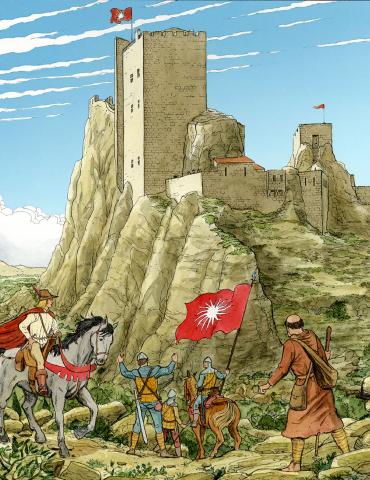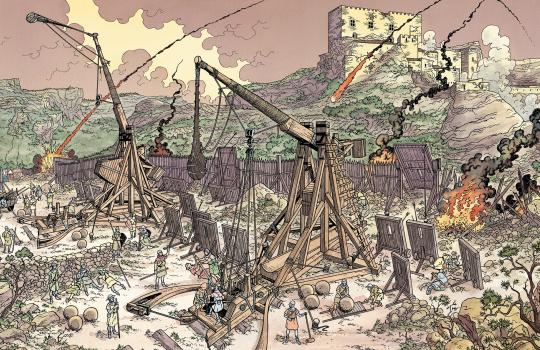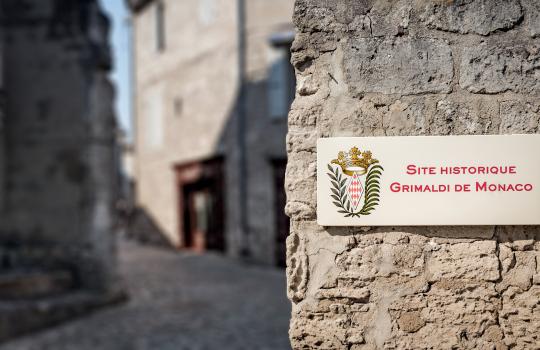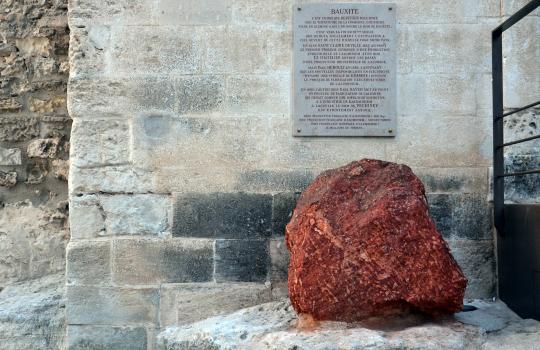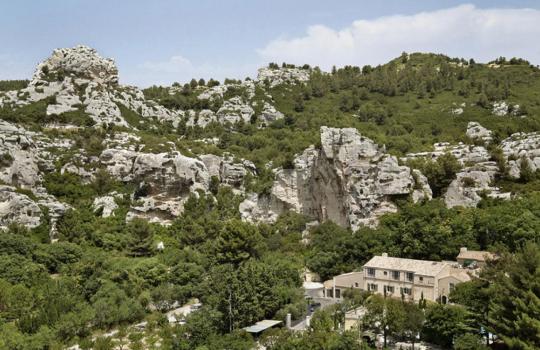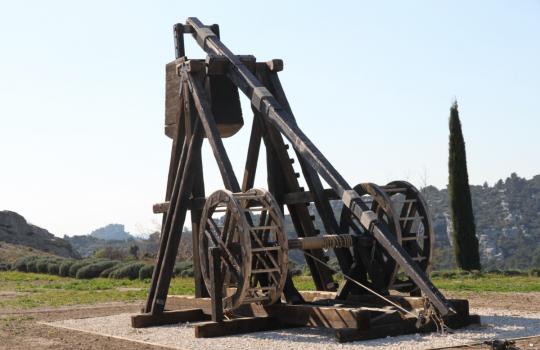The Château of Les Baux-de-Provence
The Château of
Baux-de-Provence
A site of historial importance
Located in the heart of Provence, the Castle of Les Baux was a medieval fortress sitting on a rocky spur. This location perched atop the plateau of Les Baux and naturally fortifiedenabled the occupants to be protected and to observe the surrounding countryside, which explains why the site was inhabited early on and almost continuously up to the contemporary era.
960 The first writings about the castle
960
The first writings about the castle
It was in the tenth century that the first known texts mentioned the Balcium Castrum and a lord, Pons le Jeune.
960 The first writings about the castle

© Culturespaces / E. Spiller
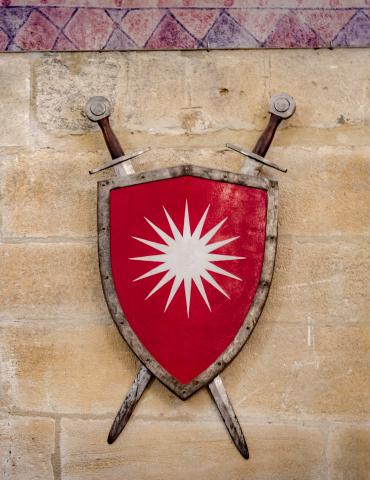
© Culturespaces / E. Spiller
The site of the castle has been continuously inhabited from prehistory to the present day. According to the legend, the House of des Baux is descended from the Magi King, Balthazar. This explains why the coats-of-arms of the lords of Les Baux feature a comet with sixteen silver rays, the star that followed the Magi Kings, and their motto ‘A l'asard Bautezar’, that is to say ‘To chance, Balthazar’. Les Baux is first mentioned in a donation charter in which the name of Pons le Jeune is mentioned. But it was his grandson, Hugues who, circa 1030, first took the surname des Baux
1145 The beginning of the War of Les Baux
1145
The beginning of the War of Les Baux
In the Middle Ages, des Baux was one of the most important Provençal families. Originally the land of Les Baux was based around the cities of Arles and Marignane.
1145 The beginning of the War of Les Baux
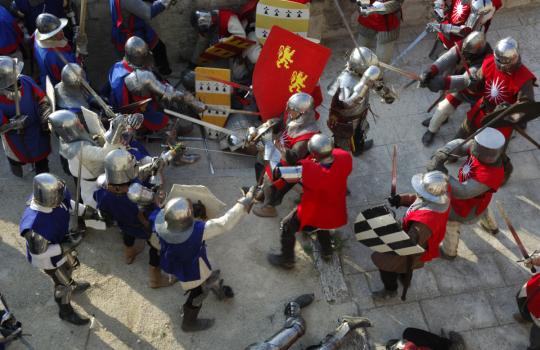
The assault on the castle, 2009 © Culturespaces / M. Fasol
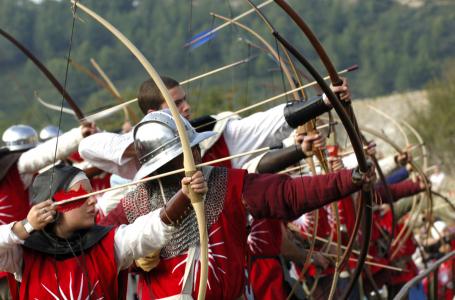
The assault on the castle, 2009 © Culturespaces / M. Fasol
In the twelfth century, the sole heir of the County of Provence married the Count of Barcelona. Hence, Provence came under the rule of the Catalan dynasty. This rule was initially fiercely resisted by the Lords of Les Baux. Raymond des Baux, the husband of Etiennette de Provence, claimed part of the heritage. This led—between 1144 and 1162—to three short conflicts known as ‘the wars of Les Baux’.
1200 Major work is undertaken
1200
Major work is undertaken
During this period, the Lords Hugues and Barral des Baux launched a major campaign of work on the castle.
1200 Major work is undertaken
The castle was largely reconstructed to turn it into a more effective and prestigious fortress. The fortifications were replaced by a keep which made the most of the natural configuration of the rock and reinforced the other buildings in the castle. The House of Les Baux governed at that time seventy-nine towns or strongholds known as the ‘the lands of Les Baux’, which attested to their authority. This dynasty left its mark on the history of Provence due to the influence and personalities of its rebellious and belligerent lords.
1386
Raymond de Turenne
This century was marked by Raymond de Turenne, Lord of Les Baux.
During the first years of his reign, Raymond de Turenne supported the King. Then he revolted, defying the Court of France and the Pontifical authority. A cynical and repressive lord, he was condemned to death and excommunicated. But, in defiance of these sentences, he and his pillaging bands attacked and burned towns and villages between 1386 and 1398; this earned him the nickname of the ‘fléau de la Provence’ (‘Scourge of Provence’).
1426 The end of the des Baux
1426
The end of the des Baux
Alix des Baux was the last heir of the lands of Les Baux; upon her death in 1426, she bequeathed her estate to a distant relative, the Duke of Andria.
1426 The end of the des Baux
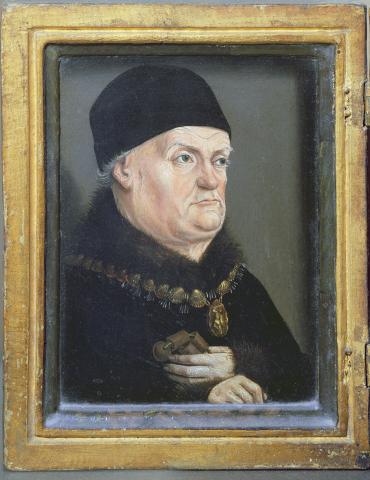
Nicolas Froment, the Matheron dyptich: Portrait of René I ‘The Good’, circa 1475, oil on panel, 18 x 13 cm, Musée du Louvre, Paris - © Bridgeman Images
After various sieges and wars, the Seigneurie was eventually inherited by René d’Anjou, called ‘Good King René’. When the latter died in 1480, Les Baux became attached to the Kingdom of France, and was thereby integrated into the royal domain.
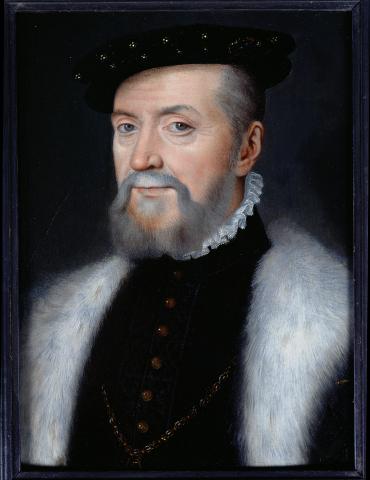
François Clouet, Portrait of Anne de Montmorency, sixteenth century, oil on panel, 31 x 21 cm, Musee Condé, Chantilly - © Bridgeman Images
The King of France, feeling threatened by such a strong fortress located so far from his Court, ordered it to be pulled down, in case it fell into the hands of his enemies, and in particular those who opposed his rule in Provence. Subsequently, the seigneurie was transformed into a barony and attributed, as a reward, to the faithful servants of the Kings of France. The most famous of them was the Constable de Montmorency, a childhood friend of Francis I.
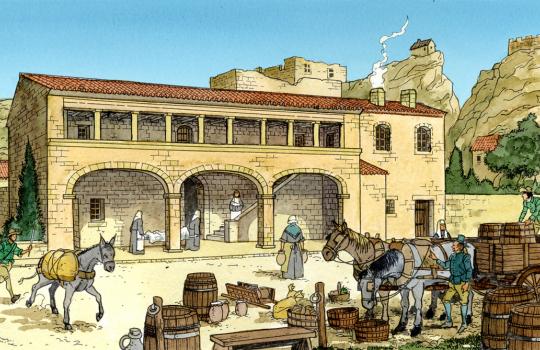
The Quiqueran Hospital © Casterman
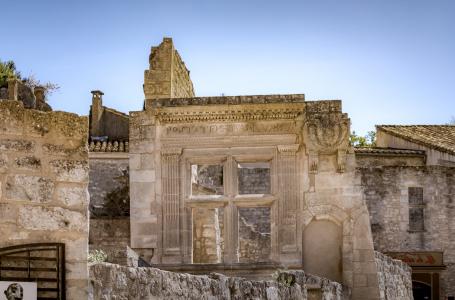
© Culturespaces / E. Spiller
At the beginning of the sixteenth century, the settlement began to flourish. The castle’s residential buildings were partly rebuilt. Montmorency restored the dilapidated castle and introduced Italian Renaissance architecture to Provence.
1631 Les Baux a rebel stronghold
1631
Les Baux, a rebel stronghold
The Wars of Religion threatened this fragile peace and Les Baux, which had become one of the centres of Protestantism under the Manville family, was now considered a major threat by the King’s representatives.
1631 Les Baux a rebel stronghold
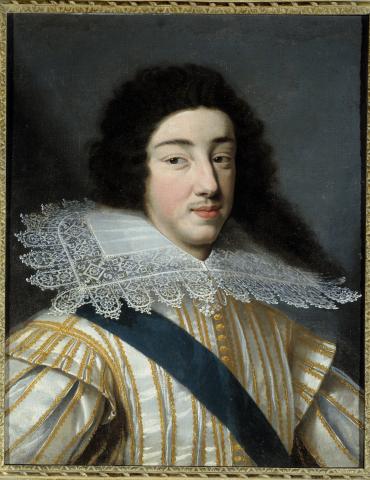
Anonymous, Portrait of Gaston d'Orleans, Duc d'Anjou, 17th century, oil on canvas, 60 x 48 cm, Musée Communal du Château, Blois - Photo © Photo Josse / Bridgeman Images
In 1631, the fortress was once again in the hands of rebels. In fact, the royal decision to dissolve the Parliament of Provence provoked a revolt at Aix-en-Provence, led by Gaston d’Orléans against his brother Louis XIII. Defeated by the Prince de Condé, some of the rebels fled and sought refuge at Les Baux.
Richelieu then decided to destroy this centre of rebellion and gave the order to lay siege to the site. Despite a heroic defence that lasted 27 days, the occupants eventually surrendered. Tired of wars and pillaging, the inhabitants of Les Baux requested themselves that the ramparts be destroyed. Using gunpowder and picks, the high walls were demolished and the citadel of Les Baux surrendered to royal authority once and for all.

Portrait of Hercule, Marquis des Baux, Prince of Monaco © Culturespaces / E. Spiller
In 1642, the fief of Les Baux became a marquisate and was given to Hercule Grimaldi by Louis XIII in return for having driven the Spanish out of Monaco. Grimaldi passed on to his descendants the title of Marquis des Baux, which is still one of the titles of Prince Albert of Monaco.
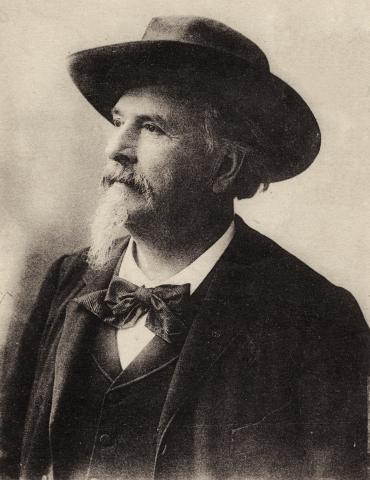
Frédéric Mistral, portrait - © Lebrecht Authors / Bridgeman Images
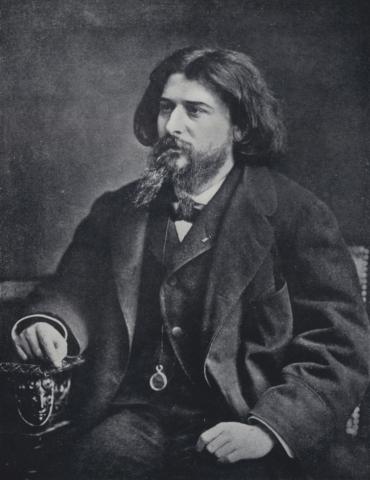
Alphonse Daudet, 19th century, black and white photograph, private collection - © Look and Learn / Bridgeman Images
Weakened by the loss of its political and military role, the village of Les Baux saw its population decline from 3,000 inhabitants in the thirteenth century to 400 at the end of the nineteenth century. The deserted citadel was nothing more than a dead town. Only the great Provençal poets, such as Frédéric Mistral and Alphonse Daudet, still evoked the ruins.
1821
Return to grace
It was not until the beginning of the nineteenth century that the citadel of Les Baux emerged from oblivion.
A scientific discovery attracted attention to this settlement that had become a village: a chemist called Berthier discovered a red rock in the area from which aluminium could be produced. He named the rock ‘bauxite’.
In 1945, the famous restaurant ‘L’Oustau de Baumanière’, opened by Raymond Thuillier, attracted heads of State, artists, and famous figures. Their visit marked the rediscovery of Les Baux by a broad public that appreciated the site’s unique characteristics.
1993 Culturespaces: delegated management of the Castle of Les Baux
1993
Culturespaces: delegated management of the Castle of Les Baux
The town council of the Cité des Baux de Provence entrusted Culturespaces with the site’s development, tour management, cultural events, and the promotion of the Castle of Les Baux.
1993 Culturespaces: delegated management of the Castle of Les Baux
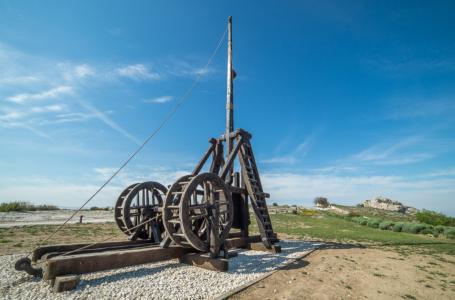
© Culturespaces / V. Ovessian
In 2007, three siege machines, modern reconstitutions based on medieval designs, were installed on the site: the trebuchet, the bricole, and the couillard. Hence, visitors are able to watch the catapults in action every day. The trebuchet at the Castle of Les Baux, which is sixteen metres high, is a unique model fitted with a quarry-wheel arming system, in contrast with more basic trebuchets fitted with a winch system.




